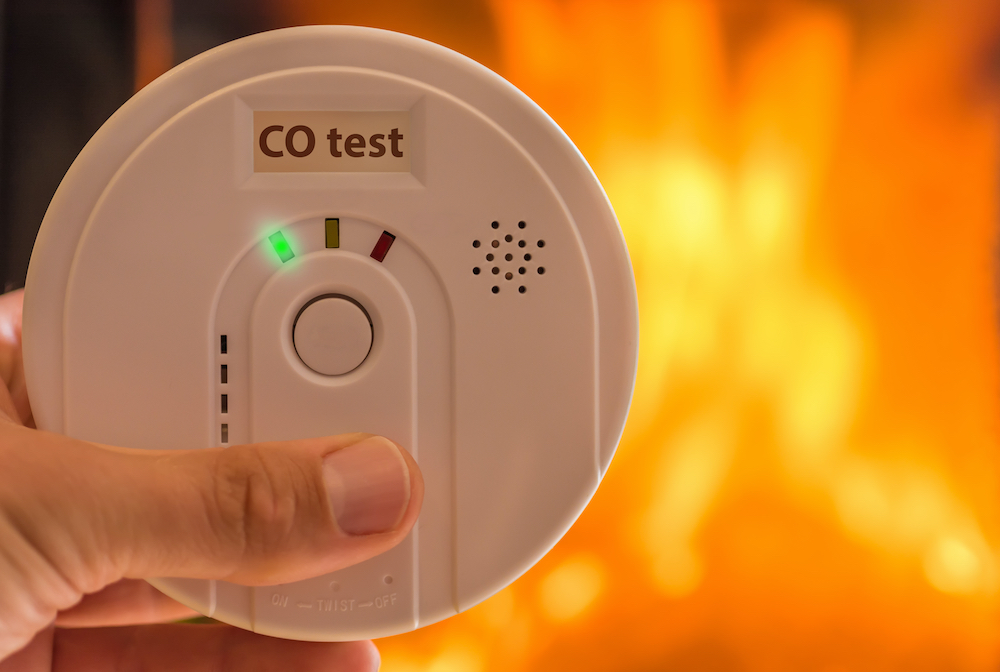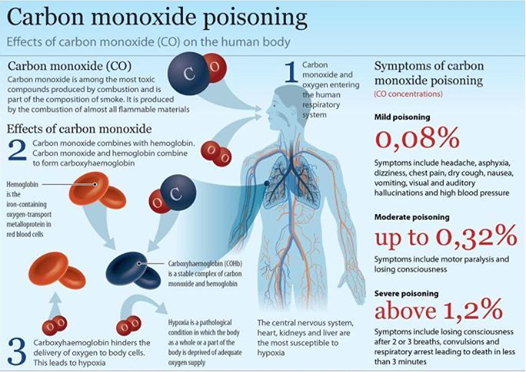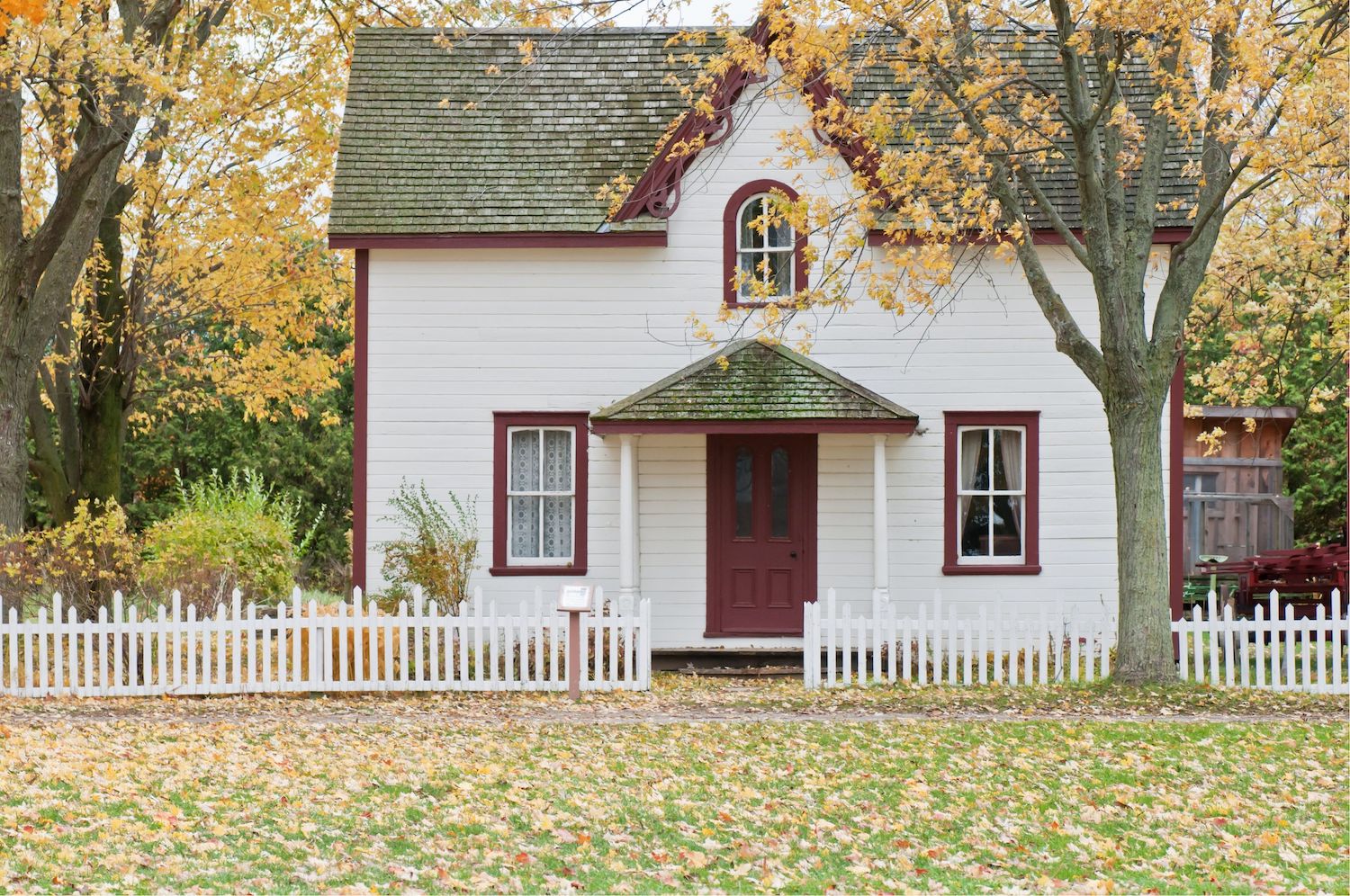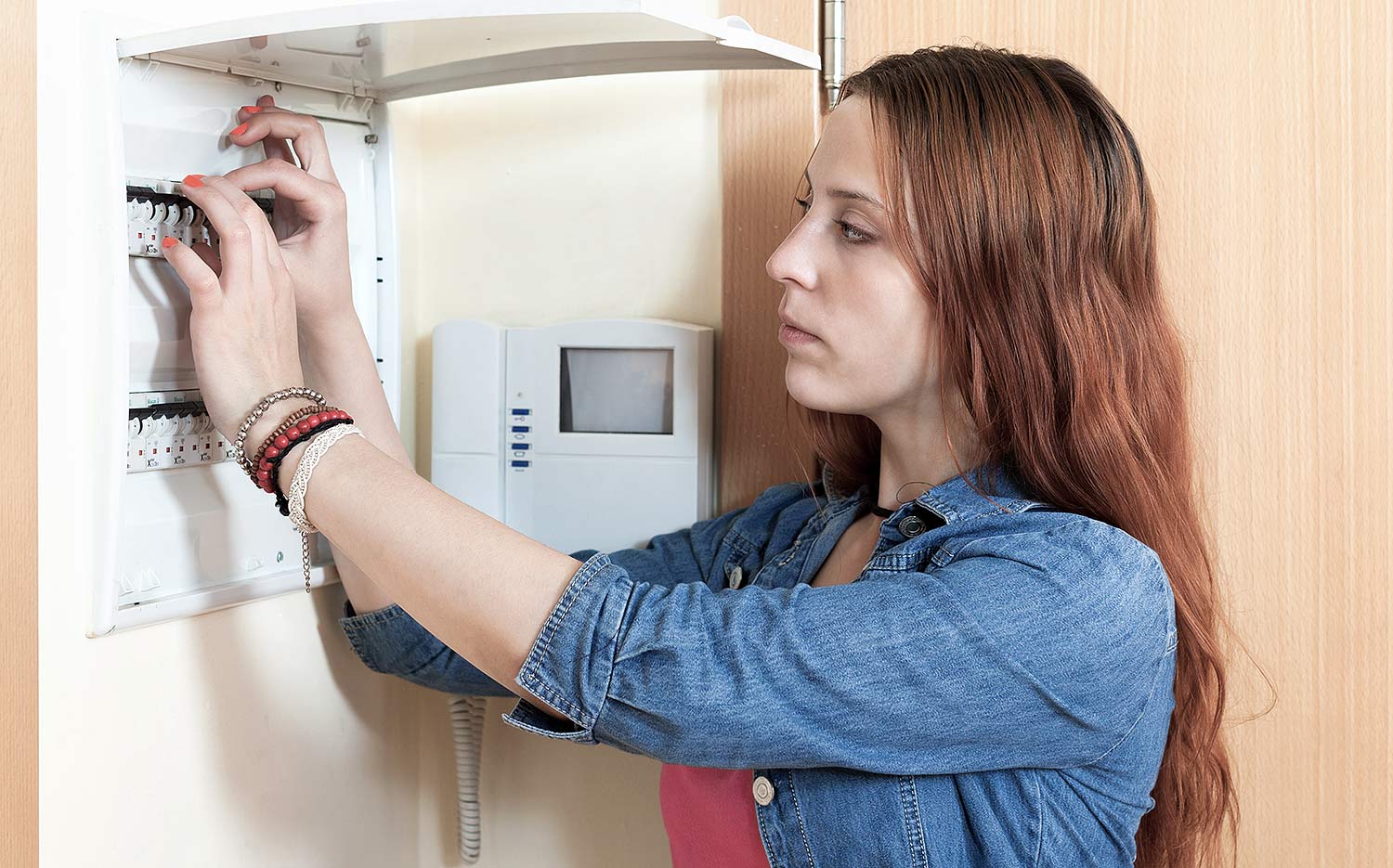Is a carbon monoxide detector really necessary? Having a home equipped with smoke detectors, ready to give us a serious warning should a fire break out in our home, is not optional. Thinking we’re safe, it’s easy to forget to account for other hazardous break outs – including one that can’t be seen, smelled, or tasted… and is extremely toxic. Often called “the silent killer”, CO, or carbon monoxide should be on your radar when it comes to keeping your family safe. If your home has any gas appliance such as a gas stove, gas furnace, gas water heater or even a fireplace, you are at risk of Carbon Monoxide poisoning.

What is CO?
CO is the scientific formula for the gas otherwise referred to as carbon monoxide.
What is Carbon Monoxide?
Carbon monoxide is a gas created by the incomplete combustion of carbon. This colorless, odorless, and tasteless gas is produced when you burn fuel – from operating your car to running your furnace. As this gas is so often involved in the operation of furnaces, stoves, water heaters, and many other appliances, it plays a significant role in your daily routine.
What makes Carbon Monoxide poisonous?
For the full scoop, we consulted howstuffworks.com, and it turns out the answer involves your blood.
Carbon monoxide binds tightly with the iron in your hemoglobin (as opposed to the loose connection when that iron is bound to oxygen). As you breathe carbon monoxide in, this toxic gas sticks to the hemoglobin in your blood (which flows all over your body – including your lungs) and begins taking up the connections that are otherwise allotted for oxygen attachment. When your blood cannot transport oxygen you don’t get the kind of air you need to survive, and the result can be as severe as death by suffocation – even at low exposure if unaddressed.
Sources of Carbon Monoxide (CO) Poisoning
CO poisoning increases in the winter months due to improper ventilation. According to the CDC, nearly 500 people die each year from Carbon Monoxide poisoning needlessly. And over 50,000 people in the US have to go to the emergency room every year due to accidental CO poisoning.
Most often, the sources of Carbon Monoxide are cracked or loose furnace exchangers, stoves and ranges, fireplaces, corroded or disconnected water heater vent pipes, generators, or even cars left running in garages.
Symptoms of CO Poisoning
Early signs of CO poisoning are “flu-like”
Symptoms include:
- Headaches
- Dizziness
- Weakness or fatigue
- Shortness of breath
- Nausea and vomiting
- Confusion
- Chest pain
- Blurred vision
Continued CO exposure can lead to
- Loss of consciousness
- and eventually death.
For people who are sleeping or intoxicated, CO poisoning can be especially dangerous because they may suffer irreversible brain damage or die before experiencing or recognizing any symptoms.
Why does it need to be monitored?
Though we hope it never occurs, a leak in your heat exchanger can happen; when it does, there is a potential that anyone in the room where air that passes across this heat exchanger is expelled may be exposed to harmful levels of this gas. Remember: unlike smoke from a fire, it’s impossible for a human to discern harmful levels of CO, and so it’s incredibly important to have CO monitors in your home.
Where should I place CO Detectors?
In terms of height, there has been a bit of debate over the years on where is best to place these CO monitors. You may have heard that the lower you can place them, the better; this is based on the idea that carbon monoxide is heavier than oxygen, and therefore clings low to the ground – but this is a misconception. In truth, carbon monoxide is actually just a little lighter than air, and as such disperses fairly evenly. All the same, they are often placed by the floor as the stand-alone models need to be plugged into an outlet and so homeowners can read the screen of the alarm – should it have one.
You’ll be best served with a CO detector on each floor of your home, and preferably in hallways near sleeping areas. We always recommend that if you sleep with the door closed to your room, one is placed in there as well.
Cool Change Heating and Air can come to your home and check to see if there is any Carbon Monoxide emitting from your HVAC system. Just give us a call and we will be happy to do a full inspection of your furnace and check for Carbon Monoxide leaks. While we are there we can also do that much needed maintenance on your HVAC system.





